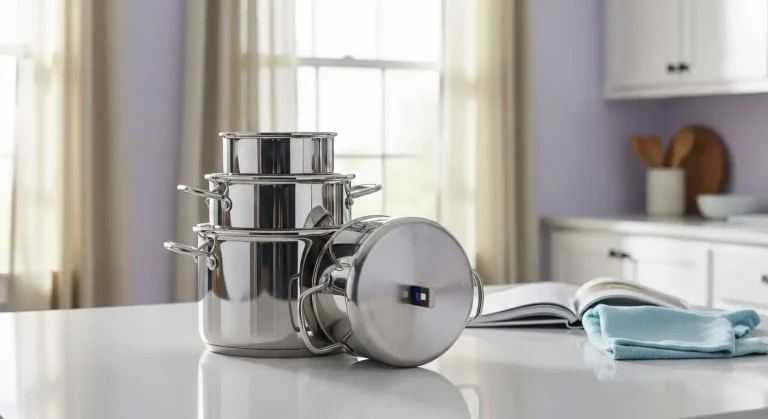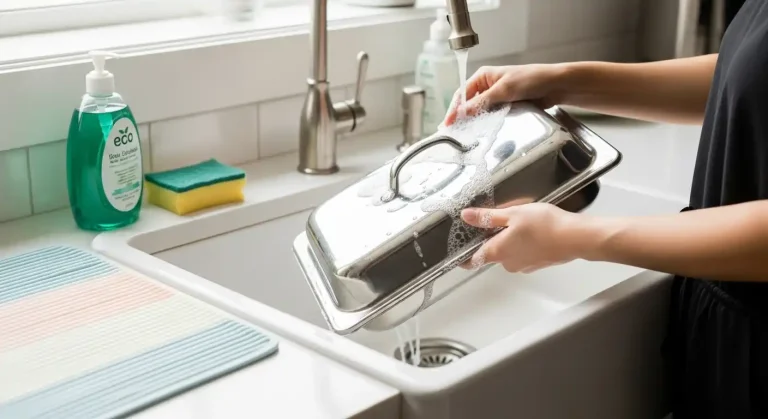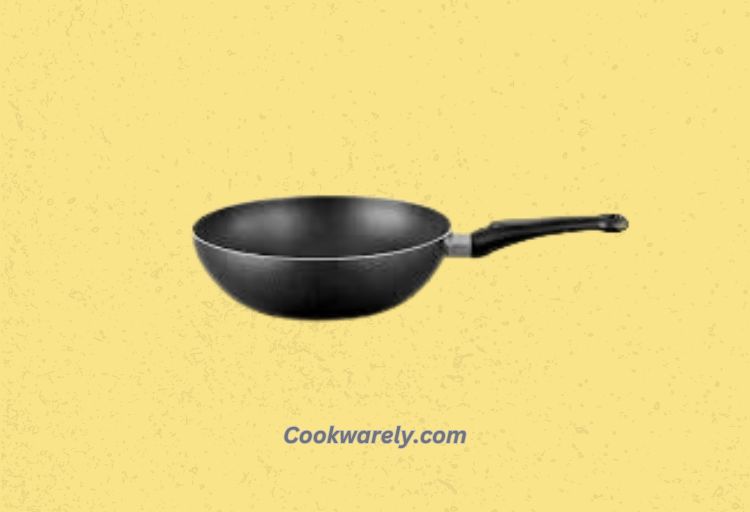Is Induction Cooking Safe? Exploring the Facts and Benefits
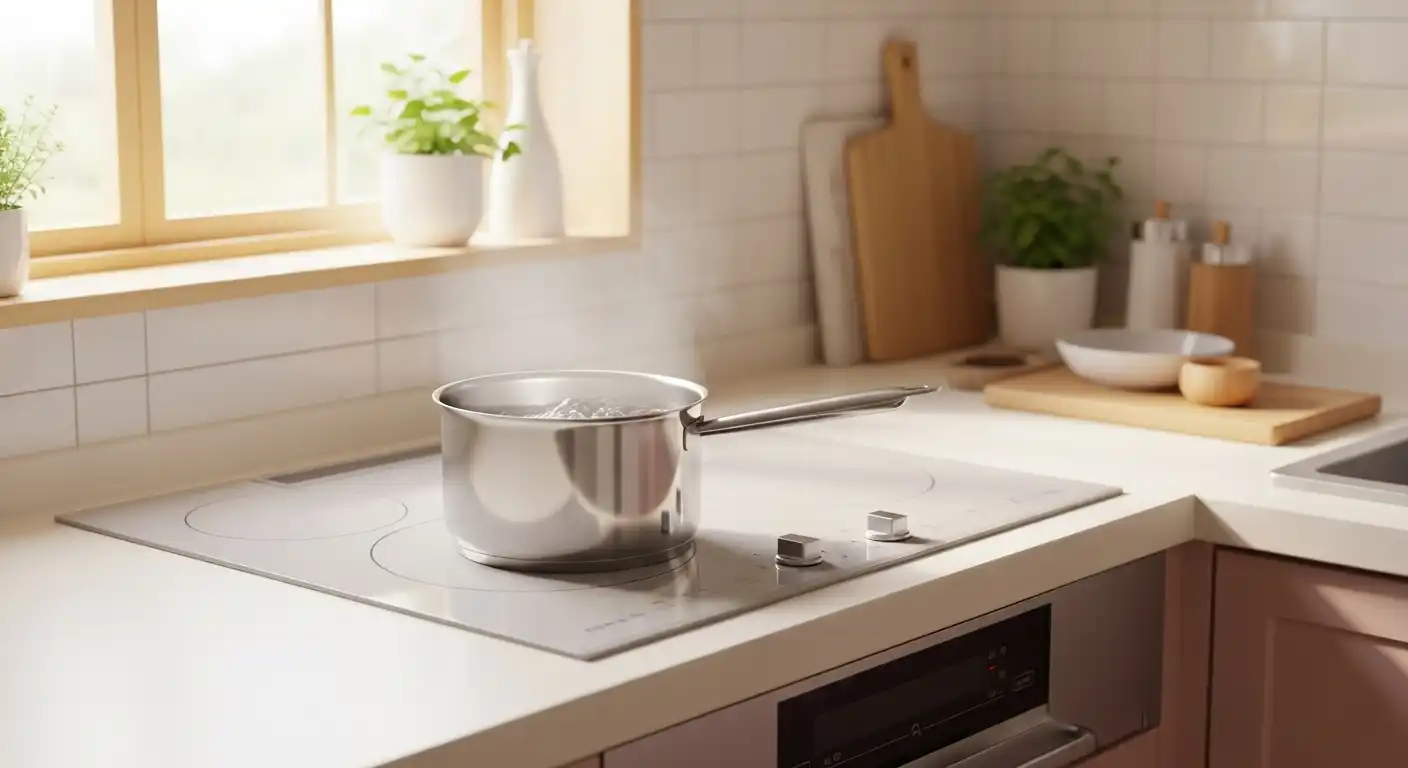
In recent years, induction cooking has rapidly gained popularity in kitchens worldwide.
Its sleek design, energy efficiency, and precise temperature control make it an attractive alternative to traditional gas and electric stoves.
But a common question many home cooks ask is: Is induction cooking safe?
In this blog post, we’ll dive into the safety aspects of induction cooking, how it works, and what you should know before making the switch.
🎄 Christmas & Year-End Amazon Deals !
Don’t miss out on the best discounts and top-rated products available right now!
*As an Amazon Associate, I earn from qualifying purchases.
How Does Induction Cooking Work?
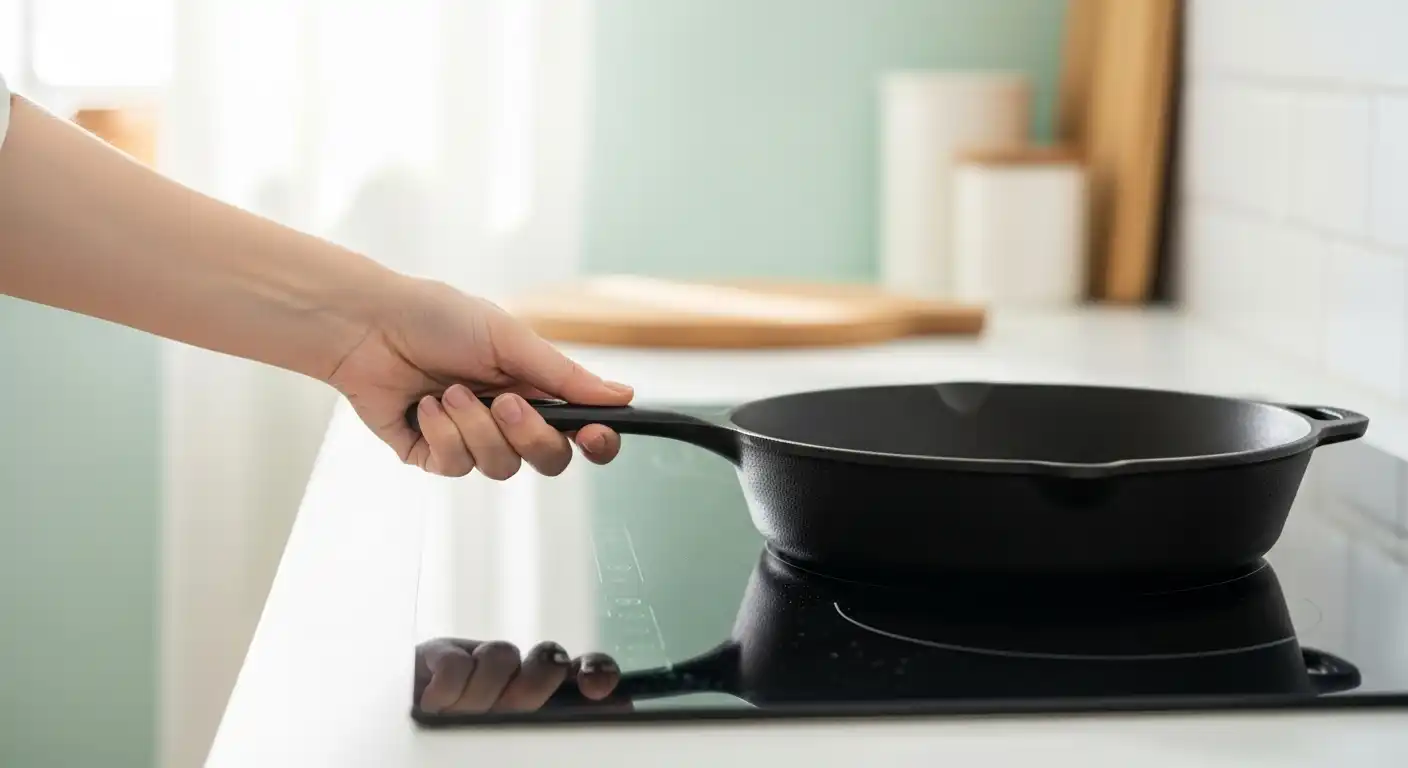
To understand safety concerns, it helps to first grasp how induction cooktops operate.
Unlike gas or conventional electric stoves that heat the burner or coil to transfer heat to cookware, induction cooktops use electromagnetic fields to heat the cookware directly.
Beneath the smooth glass-ceramic surface lies a copper coil that generates a magnetic field when electricity flows through it.
This magnetic field induces an electric current in ferromagnetic cookware (pots and pans with magnetic properties), causing the cookware itself to heat up rapidly.
Because the cooktop surface itself doesn’t get hot—only the pan does—induction cooking offers a unique safety advantage over traditional methods.
Is Induction Cooking Safe? Key Safety Benefits
Cool-to-Touch Surface Reduces Burn Risk
One of the biggest safety perks of induction cooktops is that the cooking surface remains cool to the touch during and after cooking.
Since heat is generated directly in the pan, the glass surface only warms slightly from residual heat.
This significantly reduces the risk of accidental burns, especially in households with children or elderly family members.
No Open Flames or Combustion Gases
Induction cooking eliminates the dangers associated with open flames, such as gas leaks, fire hazards, and indoor air pollution.
Traditional gas stoves emit nitrogen dioxide and other pollutants that can affect indoor air quality.
Induction cooktops, powered by electricity, avoid these issues entirely, making for a cleaner, safer kitchen environment.
Precise Temperature Control Minimizes Boil-Overs and Scorching
Induction cooktops heat quickly and respond instantly to temperature adjustments.
This precision helps prevent boil-overs and scorching, reducing the risk of kitchen fires or damage to cookware.
Built-in Safety Features
Modern induction cooktops come equipped with safety features like automatic shut-off, child locks, and residual heat indicators.
🎄 Christmas & Year-End Amazon Deals !
Don’t miss out on the best discounts and top-rated products available right now!
*As an Amazon Associate, I earn from qualifying purchases.
Many models also have sensors that detect if no cookware is present or if incompatible cookware is used, preventing the cooktop from heating unnecessarily.
Addressing Common Safety Concerns

Electromagnetic Fields (EMF) and Health
Some people worry about the electromagnetic fields generated by induction cooktops and their potential health effects.
However, current scientific evidence shows that the low-level EMF exposure from induction cooking is safe for everyday use.
The fields are localized to the cooktop surface and cookware, and do not pose significant risks to human health.
Still, if you have a pacemaker or other sensitive medical devices, consult your doctor before using induction cooktops, as a precaution.
Power Outages and Electrical Dependence
Induction cooktops require electricity to operate, so they won’t work during power outages.
This can be inconvenient if you rely solely on induction for cooking.
It’s wise to have a backup cooking method, such as a portable gas burner or traditional stove.
Cookware Compatibility: An Important Safety and Performance Factor
For induction cooking to work safely and efficiently, you need cookware with a ferromagnetic base.
This includes cast iron, carbon steel, and many types of stainless steel.
Cookware made of aluminum, copper, glass, or non-magnetic stainless steel will not work unless they have a magnetic plate added to the bottom.
If you’re unsure whether your pots and pans are induction-ready, learn how to tell if cookware is induction-ready to avoid safety risks and ensure optimal performance.
🎄 Christmas & Year-End Amazon Deals !
Don’t miss out on the best discounts and top-rated products available right now!
*As an Amazon Associate, I earn from qualifying purchases.
Cast Iron on Induction: A Perfect Match
Cast iron skillets are naturally magnetic and excellent for induction cooking.
They heat evenly and retain heat well, making them ideal for searing, frying, and baking.
For tips on using cast iron safely on induction cooktops without scratching the surface, check out will cast iron scratch an induction cooktop?.
Energy Efficiency and Environmental Safety
Induction cooking is not only safe but also highly energy-efficient.
Because heat is generated directly in the cookware, less energy is wasted compared to gas or electric stoves.
This efficiency reduces energy consumption and lowers your carbon footprint.
For a detailed look at how induction stacks up in terms of energy use, see how energy efficient is induction cooking?.
Using Induction Cooktops Outdoors and While Camping
Induction cooktops can be used while camping, provided you have a reliable power source such as a generator or portable power station.
They offer a safe and efficient alternative to propane or fire-based stoves, with no open flames and precise temperature control.
However, campers must plan carefully for power availability and use compatible cookware.
For more on this, read can induction cooktops be used when camping?.
Tips for Safe Induction Cooking
- Use compatible cookware: Only use pots and pans with magnetic bases to ensure the cooktop functions correctly and safely.
- Avoid dragging heavy cookware: Cast iron and other heavy pans can scratch the glass surface. Always lift cookware when moving it.
- Preheat gradually: Induction heats quickly, so start at lower settings to prevent thermal shock to your cookware.
- Keep the cooktop clean: Wipe spills promptly with a soft cloth to avoid residue buildup that can affect sensors.
- Be cautious with electrical cords: Ensure cords and power sources are dry and in good condition to prevent electrical hazards.
Conclusion: Is Induction Cooking Safe?
The answer is a resounding yes. Induction cooking is one of the safest cooking technologies available today.
🎄 Christmas & Year-End Amazon Deals !
Don’t miss out on the best discounts and top-rated products available right now!
*As an Amazon Associate, I earn from qualifying purchases.
Its cool-to-touch surface, absence of open flames, built-in safety features, and improved indoor air quality make it an excellent option for families and professional kitchens alike.
While there are considerations like cookware compatibility and reliance on electricity, these can be managed with proper knowledge and preparation.
If you’re interested in upgrading your kitchen, induction cooktops offer a modern, efficient, and safe cooking experience.
For more detailed insights on induction safety and cookware, explore our full guide on is induction cooking safe?.

